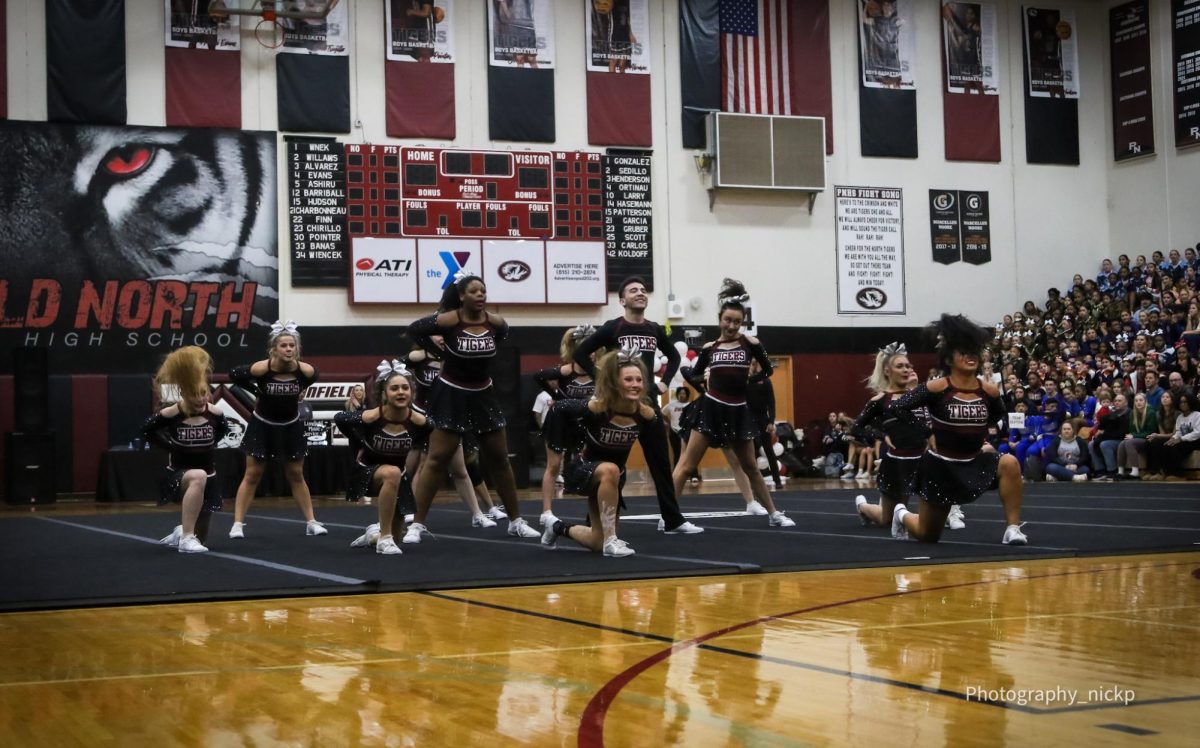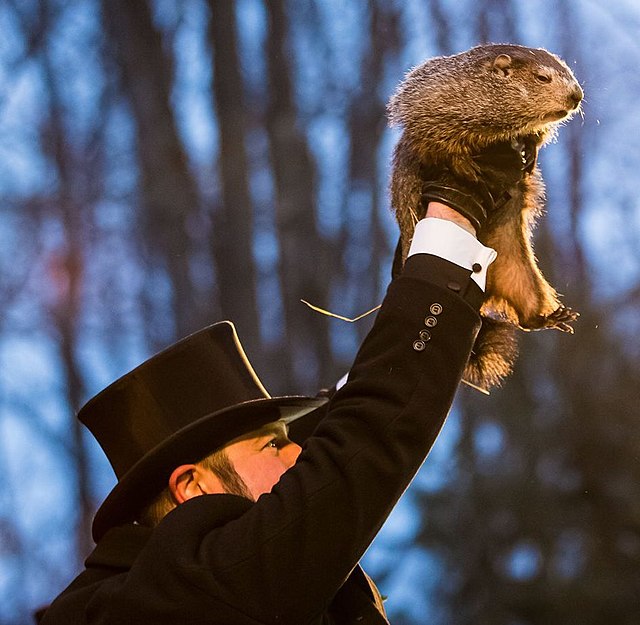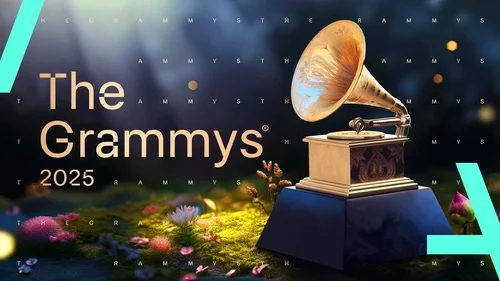Revival of Rock ‘N’ Roll
January 20, 2023
From the revolution that began in the early 1950s, rock has gone through countless highs and lows throughout the decades. Now, music lovers all over the globe face the question, is rock ‘n’ roll dead?
Rock ‘n’ roll is characterized by a heavy beat and simple melodies; it’s a blend of rhythm and blues and country music, usually based on a twelve-bar structure and an instrumentation of guitar, bass, and drums according to Oxford Languages. Rock primarily relies on its instruments, usually guitar, drums and bass, but also has beats and strong chords.
Before rock took over, music in America was mainly rhythm and blues as well as jazz.
“Jazz and Blues eventually evolved into Bluegrass and Country music,” Lauren Leveque, author of “American Rock and Roll – How Rock Music Rolled The US Into A Music Revolution” reported. “Large bands had a hard time getting from place to place, so bands got smaller and eventually would only consist of drums, a guitar, a bass, a piano, a saxophone or a trumpet, and a singer to make traveling on the road easier and more efficient.”
As bands became smaller, the new sounds from just the instruments they had introduced a new sound; early rock music, or Rockabilly, was born.
From its earliest years, rock music existed primarily in black culture and was later adopted by white musicians in the late ‘50s. One of the most notable “inventors” of rock is Chuck Berry. He was a black musician starting in 1955 who paved the way for some of the biggest names in Rock, most famously, Elvis Presely, Buddy Holly, the Everly Brothers and Carl Perkins.
“You don’t have rock music without the black community,” English teacher Harlan Brook said. “From Elvis, to Led Zeppelin, all rock music and even country music can trace all of their roots back to black music and black culture. The theft from white musicians, creatively and monetarily, was massive.”
In the 1960s, the rock wave only increased in popularity. Moving from the UK to America, the British invasion began with bands like The Rolling Stones, The Kinks and the Animals to name a few, but no other band led such a crazed fandom like The Beatles.
According to grammymuseum.org, “What made the re-invention of American music by the British acts so alluring was the fresh and innovative ways they interpreted it and then the manner by which they made it their own. Coupled with intriguing accents, radically new fashion ideas and hairstyles and a genuine artistic excellence, the British Invasion ignited a music renaissance in America and permanently and prominently established the U.K. on the rock & roll map.”
As the Beatles took the UK and US by storm, rock, as a big name business, was full speed ahead. Because of this giant popularization, many subgenres were born; the biggest influence to a louder sound to rock was The Who. They introduced heavy guitar and a much more rebellious sound.
Rolling Stone reports, “The 1960s proved that rock is anything but a trivial music; it does have impact, and at its worthiest, it still aims to threaten, to draw boundaries, to defy and to win young people over to its view and its ethos.”
The ‘70s was also a huge era for rock; many of the subgenres originated during this decade. Artists like Bob Dylan and The Eagles played an important role in introducing country rock and folk rock. Singer-songwriters like Joni Mitchell and Lou Reed emerged and created an art form in the rock genre through personal lyricism. The late ‘70s introduced a first wave of punk rock, and a heavier or more metal style of rock with bands like AC/DC and Aerosmith.
“The ‘70s were, in my opinion, the most important decade for rock,” North alum Annalee Heckman said. “The sheer amount of subgenres that came from that era set up so many future artists. Without the influence Black Sabbath or AC/DC, we wouldn’t have Slipknot, Iron Maiden or any of the heavy metal bands today.”
The 1980s and 1990s were still very big decades for rock, but after the 1970s, different genres of music began to step into the spotlight.
According to thepeoplehistory.com, “Pop stars and their music changed in the 1980s with the help of MTV and a greater focus on image. A new breed of mega-stars emerged, becoming iconic mascots for the genre and defining the decade through fashion, talent and persona. Some of the superstars to emerge were Madonna, Michael Jackson, Whitney Houston and Prince. They experienced a level of fame and success not seen since Elvis Presley and the Beatles.”
After the ‘80s wave of dance and pop music, the argument that rock ‘N’ roll was dying was up for debate. With Madonna having the most number one songs in the 1980s, rock music was on the decline, and pop was on the rise.
Though other types of music such as rap, pop and R&B, began to gain prominence, throughout the ‘90s there were still several bands dominating the rock scene; Nirvana, Green Day, Alice in Chains and several other rock bands still remained popular. Today, there are few rock bands that are mainstream, though there are definitely some bands keeping the genre alive.
“Rock isn’t dead, it’s just not anywhere near as popular as it used to be,” Brook said. “Hip-hop took over quite a while ago, and it hasn’t lost its foothold. If anything, it’s gained more ground; there are still plenty of mainstream options for rock fans, but for people who are truly into heavier rock, there’s so many more artists you can be exposed to through social media or music streaming apps.”
A common argument that supports the idea that rock is dead is that many modern musicians are not making music like rockstars did in the golden ages of rock music. Music now is usually written by a team of professionals, rather than the musicians themselves. For example, according to CNBC, pop singer, Dua Lipa, has writing credits on most of her music, though most of her hit songs were written by songwriters Emily Warren and Justin Tranter.
“You have singers now,” Associate Principal Stan Bertoni said. “ To me, you don’t have artists. There are few artists that actually know how to write and make music and not just using technology. Now, if you have the talent, anyone can make it as a singer. There’s no more pure artists; they don’t have that band feeling like they did in the ‘60s, ‘70s, ‘80s and even early ‘90s.”
Though there are a few musicians taking inspiration from classic eras of rock music, some modern artists have stuck with a more classic approach to songwriting, by using the basic instruments that could be found from bands in the ‘80s, rather than using a drum machine or prerecorded instruments.
“Imagine Dragons does a pretty good job of being a modern band that uses instruments to create unique music,” Bertoni said. “I consider them to be good, modern rock music.”
Greta Van Fleet is a modern band that takes inspiration from classic 1970s rock. It is one of many bands, including Rival Sons and Dirty Honey bringing a vintage sound to modern music.
Lauryn Schaffner, author of “11 Bands That Are Leading the Classic Rock Revival” reported, “Though they aren’t the originators of the classic rock revival, Greta Van Fleet really blew up a couple of years ago with their hit single ‘Highway Tune.’ Comparisons to older bands were drawn by the public left and right, not only because of their guitar-driven sound but also because of their almost vintage appearance. So, it’s safe to say that Greta Van Fleet’s popularity helped draw more attention to other bands who share a similar style.”
There are plenty of ways rock music is being kept alive, even if it isn’t very mainstream. In recent years, there has been more popularization of rock music than there has been since the late 90s.
“With the recent passing of Taylor Hawkins, drummer of the Foo Fighters, that sort of brings the spotlight back on to rock;” social studies teacher Daniel Foreman said. “ I think the Foo Fighters have really tried to remain more mainstream, and they still have a huge following to this day. There are so many bands from the 90s, and even some of those 60s acts, that are still alive, that are very popular. Rock isn’t dead. People have to be willing to find and follow it.”







